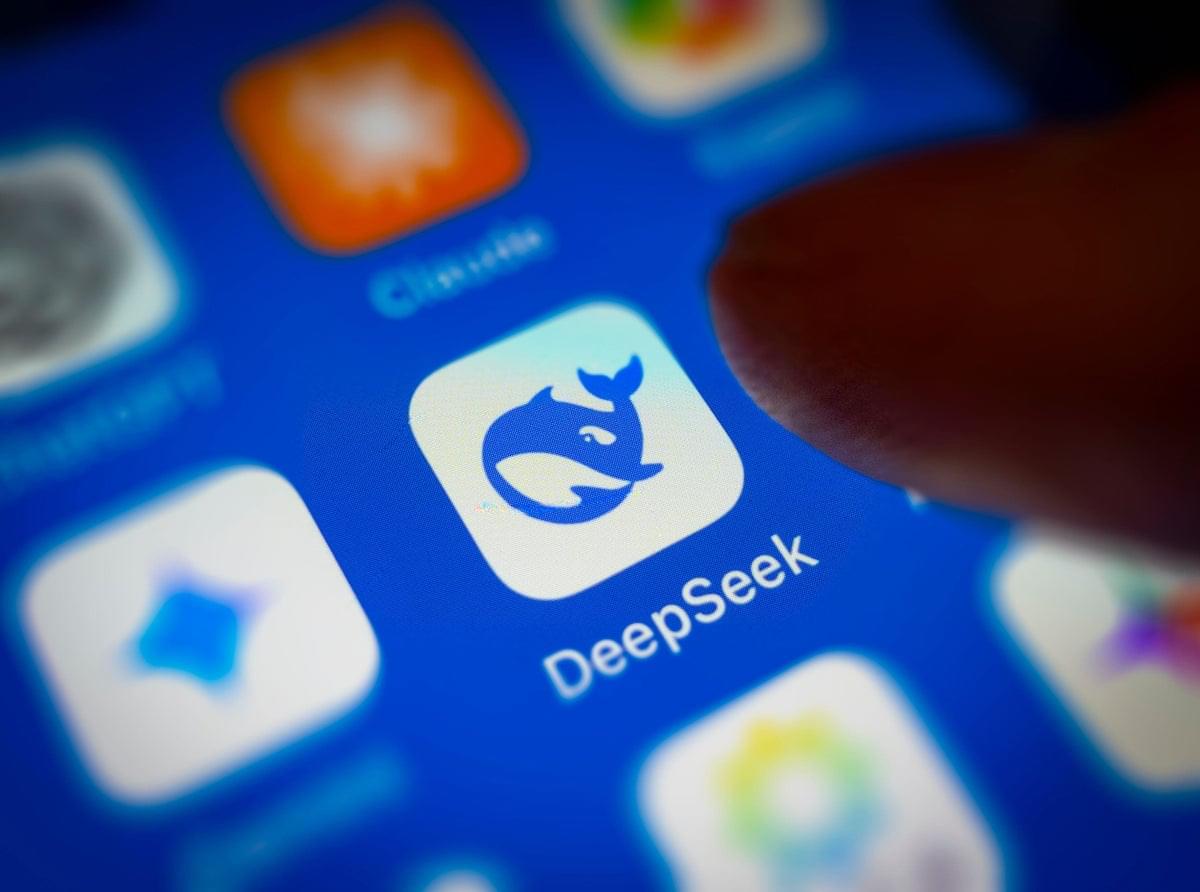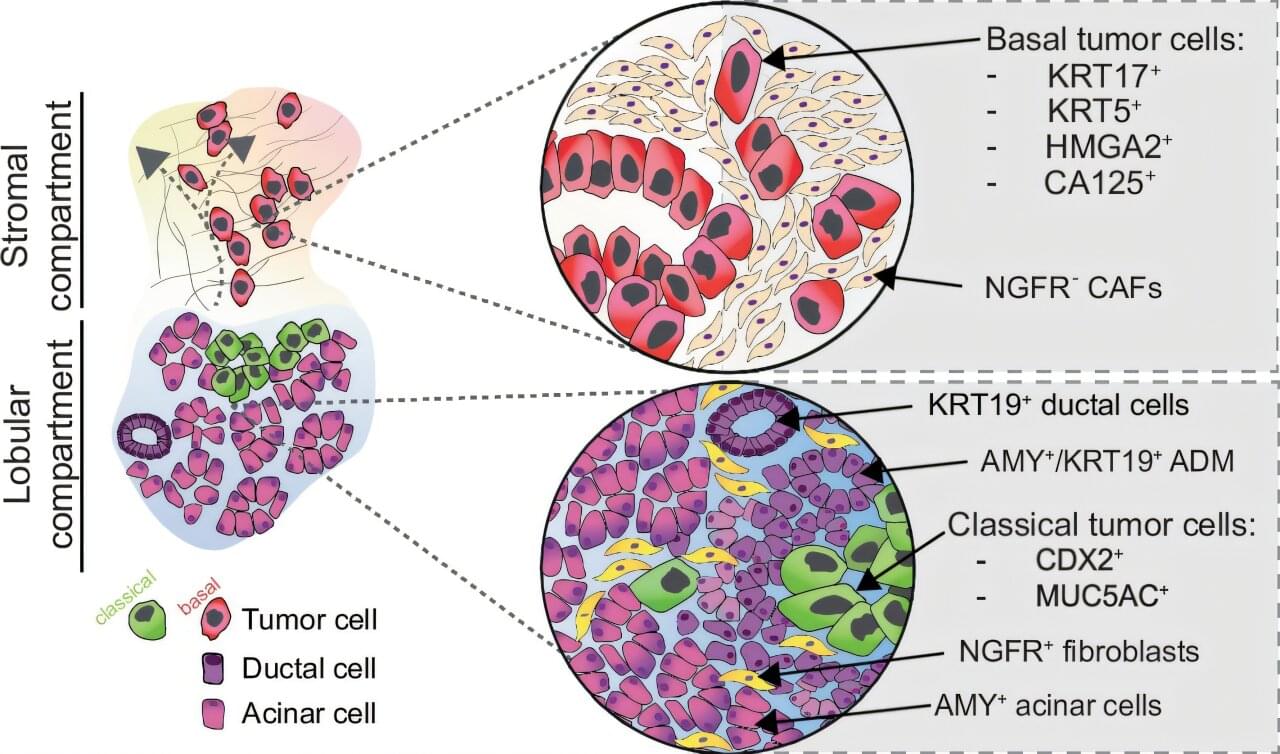Just as oil futures and spectrum auctions unlocked waves of investment, turning compute into a tradable commodity will be needed to fuel AI’s next stage.








Globally recognized figures Muhammad Ali and Michael J. Fox have long suffered from Parkinson’s disease. The disease presents a complex set of motor symptoms, including tremors, rigidity, bradykinesia, and postural instability. However, traditional diagnostic methods have struggled to sensitively detect changes in the early stages, and drugs targeting brain signal regulation have had limited clinical effectiveness.
Recently, Korean researchers successfully demonstrated the potential of a technology that integrates AI and optogenetics as a tool for precise diagnosis and therapeutic evaluation of Parkinson’s disease in mice. They have also proposed a strategy for developing next-generation personalized treatments.
A collaborative research team, comprising Professor Won Do Heo’s team from the Department of Biological Sciences, Professor Daesoo Kim’s team from the Department of Brain and Cognitive Sciences, and Director Chang-Jun Lee’s team from the Institute for Basic Science (IBS) Center for Cognition and Sociality, achieved a preclinical research breakthrough by combining AI analysis with optogenetics.

Pancreatic cancer is an aggressive disease, and unlike many other cancers, survival rates have barely improved. Researchers at Karolinska Institutet, in collaboration with the Department of Pathology at Karolinska University Hospital, have now shown that pancreatic tumor cells not only spread in the connective tissue–rich environment that is a well-known characteristic of pancreatic cancer but also grow into damaged parts of normal pancreatic tissue. There, the cancer can create its own environment.
The study, published in Nature Communications, is based on samples from 108 patients who underwent surgery at Karolinska University Hospital. In almost all cancers, tumor cells were found in the tissue that produces digestive enzymes, but it is damaged when tumor cells grow into it.
“We see that the tumor cells adapt to the environment they find themselves in. In damaged areas of normal pancreatic tissue, they exhibit different characteristics than in the connective tissue-rich part of the tumor,” says Marco Gerling, a researcher at the Department of Clinical Science, Intervention and Technology, Karolinska Institutet, who led the study together with pathologist Carlos Fernández Moro.


A team at the University of St Andrews has unlocked a major step toward true holographic displays by combining OLEDs with holographic metasurfaces. Unlike traditional laser-based holograms, this compact and affordable method could transform smart devices, entertainment, and even virtual reality. The breakthrough allows entire images to be generated from a single OLED pixel, removing long-standing barriers and pointing to a future of lightweight, miniaturized holographic technology.